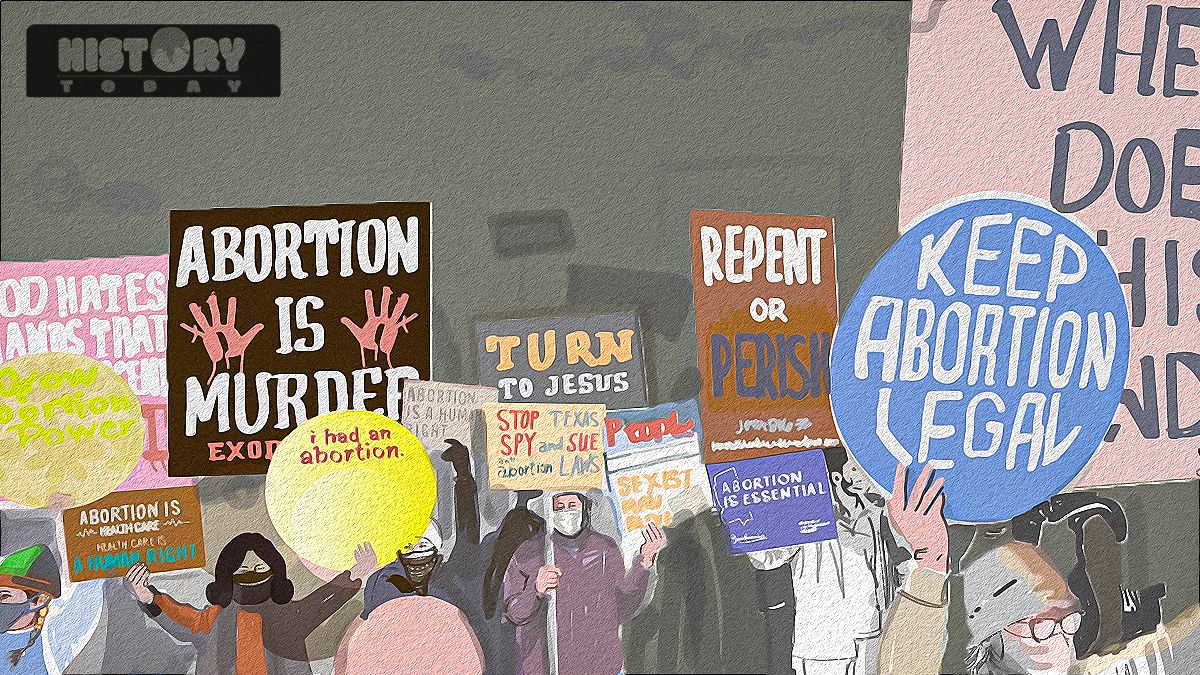January 22 is a historic day as several important events took place across the world.
In 1973, the landmark Roe v Wade legal decision was issued where the US Supreme Court struck down a Texas statute banning abortion, thus legalising the procedure in the United States.
A massacre took place in Russia in 1905 known as the Bloody Sunday Massacre. Hundreds of protesters, demonstrating for better working conditions, were killed when Winter Palace guards opened fire on them.
In 1998, Ted Kaczynski pleaded guilty to a 17-year campaign of package bombings accredited to the Unabomber.
As part of the Firstpost Explainers’ History Today series, we look into defining moments of this day and their impact on the world.
Let us take a closer look at what happened today.
Roe v Wade decision issued
Roe v Wade was a landmark decision by the US Supreme Court on January 22, 1973. The court recognised a woman’s constitutional right to privacy, extending to her decision to have an abortion. This decision invalidated many state laws that restricted abortion access, reshaping reproductive rights in America.
Abortion was a legal process in the United States during the 19th century. However, the American Medical Association (AMA) began calling for the criminalisation of abortion in the late 1850s. In 1873, Congress passed the Comstock law making it illegal to distribute contraceptives and abortion-inducing drugs through the US mail. By the 1880s, abortion was outlawed across the country.
Norma McCorvey, formally known as ‘Jane Roe’ during the proceedings, was a woman in her early 20s seeking to terminate her pregnancy due to financial restraints. She filed a lawsuit against Henry Wade, then district attorney of Dallas County. The case was presented before the US Supreme Court and in a landmark 7-2 decision the top court struck down the Texas law banning abortion, thus legalising the procedure.
Impact Shorts
More ShortsBloody Sunday Massacre in Russia
In 1905, the Bloody Sunday Massacre occurred in St. Petersburg marking a turning point in Russian history.
Peaceful protesters marched to the Winter Palace to present a petition to Tsar Nicholas II, demanding better working conditions, fair wages and political reforms. Around 150,000 workers and their families joined the march, carrying religious icons and portraits of the Tsar, believing he would address their grievances.
Astonishingly, imperial troops opened fire on the unarmed crowd near the palace, killing and wounding hundreds. The estimate of casualties ranges from 200 to over 1,000. This massacre shattered public trust in the Tsar and fuelled widespread anger which led to strikes, protests and unrest across the Russian Empire.
Bloody Sunday is often seen as the catalyst for the 1905 Russian Revolution, which forced the Tsar to implement limited reforms, including the creation of the Duma (parliament).
Ted Kaczynski pleads guilty to bombings
Theodore ‘Ted’ Kaczynski, infamously known as the “Unabomber” guilty of carrying out a series of bombings that spanned nearly two decades. In one of the most prolonged criminal investigations in US history, Kaczynski mailed 16 bombs, killing three people and injuring 23 others between 1978 and 1995.
The primary targets included universities but some airlines also received threats. In 1995, the Washington Post in collaboration with the New York Times published a 35,000-word anti-technology manifesto written by a person claiming to be the Unabomber. Reading this, David Kaczynski went to authorities with his suspicions of his brother Ted Kaczynski being the culprit. Following this Ted Kaczynski was arrested in April 1996 from his remote cabin in Montana.
Kaczynski admitted to his actions as part of his campaign against technological advancements, which he believed were eroding human freedom and the environment. He pleaded guilty to all charges, avoiding the death penalty in exchange for life imprisonment without parole.
This Day, That Year
In 2003, Hispanics were officially declared the largest minority group in the US.
Apple’s iconic ‘1984’ commercial aired during Super Bowl XVIII in 1984.
Queen Victoria passed away in 1901.
British colonists reached New Zealand in 1840.


)

)
)
)
)
)
)
)
)



